Imagine a world where aging isn’t inevitable—where wrinkles fade away, vision is restored, and even damaged organs are regenerated.
Imagine a world where we can detect diseases and cancer before they even occur – and all with a single breath.
What sounds like a futuristic fantasy is now inching closer to reality.
As rapidly as AI is advancing, so is healthcare.
And it’s being fuelled by tech billionaires obsessed with the idea of living longer and healthier lives. Just look at Mark Zuckerberg, Jeff Bezos, and Telegram founder Pavel Durov, who have all transformed their bodies in recent years.
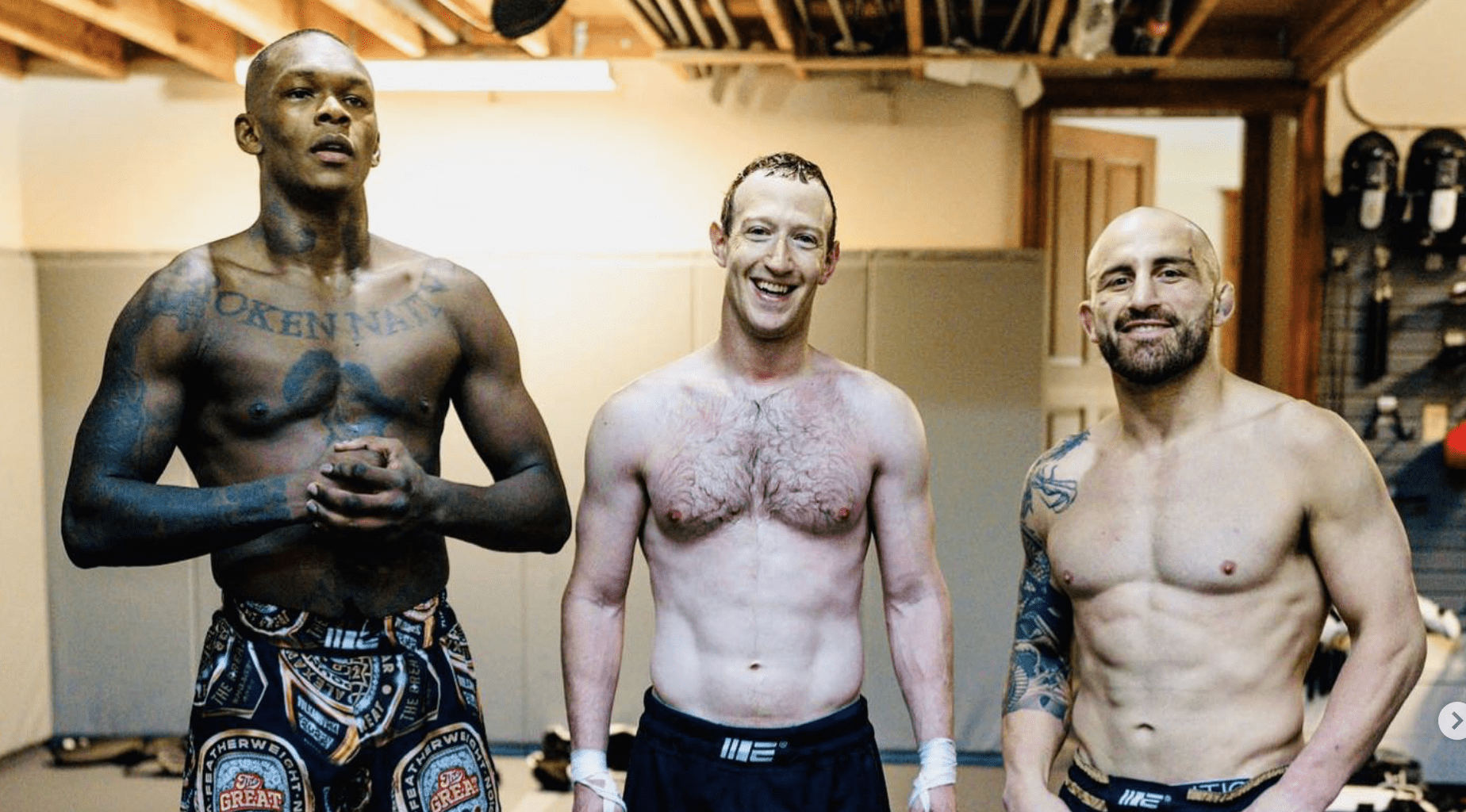
For them, the race against time is personal, and they are backing some of the most promising innovations in the field. What good is all of their money if they don’t have their health?
And for those with an eye on the future, this presents an unparalleled investment opportunity.
The Biggest Players
If you want to know the next big trend, look at where the money is flowing.
Or you could ask Altos Labs.
Altos Labs is a biotechnology company focused on the research and development of cellular reprogramming technologies aimed at reversing cellular aging.
It was founded in 2021 and secured $3 billion in funding in less than a year, making it the best-funded biotech startup in history.
Oh, and Jeff Bezos, the founder of Amazon, is an investor.
But Altos Labs isn’t the only new and extremely well-funded biotech startup focused on living longer.
In 2021, Retro Biosciences, focused on extending the healthy human lifespan with an ambitious goal to add ten good years to life, raised a quick $180 million from an individual source.
It wasn’t until April 2022 that the source was revealed to be Sam Altman, the billionaire behind OpenAI and ChatGPT.
Meanwhile, other companies in the space have already raised big money.
David Sinclair’s Life Biosciences has already raised over $130 million to advance therapeutics targeting aging-related diseases.
So, what exactly are they pursuing?
Cellular Reprogramming
By the time you’re 30, your chance of dying doubles roughly every eight years.
But imagine if our lungs, heart, liver, skin, and even brain could revert to how they were when we were 20.
We could theoretically live for hundreds of years – just like in Biblical times.
Well, scientists, backed by billionaires, believe we can.
To understand how we might be able to reverse the clock, we need to understand how we age in the first place.
The Role of Stem Cells in Aging
Life begins when we’re nothing more than a single stem cell as a fertilized egg.
But then something remarkable happens.
These stem cells, starting from the fertilized egg, receive instructions on what to become through a highly regulated process known as cell differentiation. These cells divide rapidly to form all the tissues and organs of the body from a single cell.
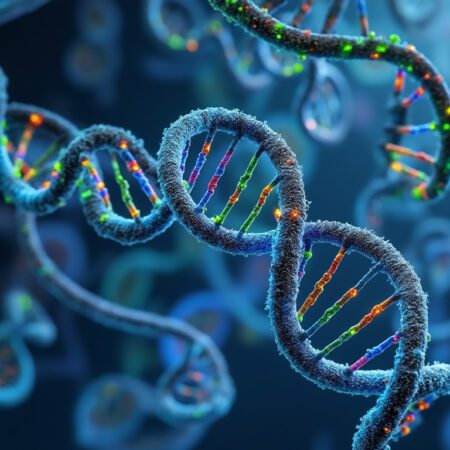 This process is controlled by a combination of genetic instructions encoded in our DNA and signals from the surrounding environment.
This process is controlled by a combination of genetic instructions encoded in our DNA and signals from the surrounding environment.Every cell in the body contains the same DNA, but different genes are activated or “expressed” depending on the cell’s location and function. Specific genes are turned on or off based on signals the cells receive, guiding the stem cells to develop into specialized types like skin, brain, or heart cells.
As the embryo develops, cells are exposed to various chemical signals (such as proteins called growth factors and hormones) that influence their fate. These signals come from nearby cells, tissues, or even external conditions in the womb.
Beyond their role in development, adult stem cells remain present throughout life, helping to repair and maintain tissues. They are essential for regenerating cells in various tissues, enabling your body to heal and recover from injury, disease, or wear and tear.
In other words, stem cells are the body’s built-in rejuvenation system, capable of transforming into any cell your body needs—whether it’s skin, brain, or hair.
When we are young, our stem cells work efficiently to repair damage, regrow tissues, and maintain our overall health.
However, as we age, the number and function of these stem cells decline.
For example, consider your skin: when you’re young, your stem cells keep your skin smooth and able to repair cuts quickly. This is why children don’t scar as easily as adults. But as you age, those stem cells don’t work as effectively, leading to wrinkles and slower injury recovery.
The same is true for all functions of our bodies, from hair loss to increased risk of age-related diseases.
This aging process can be thought of as the gradual accumulation of damage at the cellular level – like wear and tear.
Just like our DNA instructs stem cells before we are born, our DNA continues to instruct adult stem cells.
But each time a cell divides, minor errors can occur in its DNA; over time, these small glitches add up. These genetic errors can lead to malfunctions that manifest as age-related diseases and physical decline.
The Hayflick Limit
The Hayflick limit is a concept that explains why human cells have a limited capacity to divide, which directly relates to aging. It refers to the observation that most normal human cells can only divide a finite number of times—typically between 40 and 60 times—before they enter a state known as senescence, where they no longer divide but remain metabolically active.
Throughout our lives, cells divide to replace old, damaged, or dead cells, which is vital for growth, healing, and maintaining bodily functions.
However, each time a cell divides, the protective caps at the ends of chromosomes, telomeres, shorten slightly.
Telomeres act like buffers, preventing important genetic material from being lost during cell division. But with every cell division, telomeres become progressively shorter. When they become too short, the cell can no longer divide without risking damage to essential genetic information.
This is where the Hayflick limit comes into play.
Once telomeres reach a critically short length, the cell stops dividing and enters a state of senescence.
When enough cells in a tissue reach the Hayflick limit and stop dividing, the tissue’s ability to repair and regenerate diminishes. This leads to many of the visible and functional signs of aging, such as wrinkles, slower wound healing, and organ weakening.
Cellular senescence doesn’t just stop cell division. Senescent cells can secrete harmful substances that cause inflammation and damage to neighboring cells, contributing to age-related diseases like cancer, cardiovascular disease, and neurodegenerative disorders.
Some scientists compare it to a photocopier — the more copies made, the more worn out it gets, resulting in glitches and errors. This damage builds up in our DNA, which acts like the code our bodies use to function. When that code gets damaged, things stop working correctly, leading to the various symptoms of aging.
But what if we could bypass this Hayflick limit?
Certain cells, such as cancer cells, can bypass the Hayflick limit by activating an enzyme called telomerase. This enzyme extends telomeres, allowing the cell to continue dividing indefinitely.
This is one reason why cancer cells can grow uncontrollably.
However, stem cells can also bypass and alter the Hayflick limit.
This is why scientists are exploring ways to safely activate telomerase or use other interventions to delay aging and extend the life of healthy cells without increasing the risk of cancer.
One of these interventions is by reprogramming our cellular code.
The Promise of Cellular Reprogramming
One of the most exciting areas of longevity research is cellular reprogramming.
As we mentioned earlier, all of our cells—be they muscle or skin cells—start as stem cells.
But what if we could reverse the cellular code and reverse the damage by turning fully specialized cells, like skin or muscle cells, back into their original stem cell state or make them biologically younger by reversing them to when these cells first became specialized?
The Yamanaka Factors
In 2006, Japanese scientist Shinya Yamanaka won a Nobel Prize for discovering that four special genes, known as the Yamanaka factors, can reset cells back to an undifferentiated, stem-cell-like state.
Using the photocopier analogy, it’s like using the original document for the next copy – it will be as close to the original as possible.
This breakthrough was conducted in mice and allowed scientists to turn specialized cells into induced pluripotent stem cells, potentially growing new tissues or organs like younger skin or a new heart.
Induced pluripotent stem cells (iPSCs) are a type of stem cell that are artificially created by reprogramming specialized adult cells into a pluripotent state. Pluripotency refers to the ability of a cell to develop into almost any cell type in the body, much like an embryonic stem cell.
The creation of iPSCs was a groundbreaking discovery in the field of regenerative medicine because it provided a way to generate pluripotent cells without using embryos, thus sidestepping ethical concerns associated with embryonic stem cells.
So how is this done?
iPSCs are typically derived by introducing specific genes into mature, specialized cells (such as skin or blood cells). These are four genes are Oct4, Sox2, Klf4, and c-Myc, and they are transcription factors that reprogram the adult cells to revert to an earlier, stem-cell-like state.
Here’s a simplified version of the process:
- Take Adult Cells: Scientists typically start with somatic cells (like skin or blood cells) from an adult organism.
- Introduce Yamanaka Factors: The four Yamanaka factors are introduced into the cells, usually via viral vectors (though other methods like mRNA or small molecules are also being explored).
- Reprogramming: These factors “reset” the cell’s identity, erasing its previous specialization (like being a skin or muscle cell) and reverting it back to a pluripotent state, similar to an early-stage embryo.
- Culturing: The reprogrammed cells are cultured in a lab dish, and over time they begin to act like stem cells, capable of differentiating into various types of cells in the body.
A year after Yamanka succeeded in mice, he succeeded with human skin cells.
In addition, these iPSCs can be created from a patient’s own cells, potentially avoiding immune rejection if the cells are later used for therapy (e.g., regenerating tissues or organs).
But that’s not all.
This method has demonstrated the ability to partially reprogram cells, allowing them to maintain their specific functions (like those of liver, skin, or even brain cells) while adopting a more youthful biological state. By doing this, researchers could potentially revitalize tissues and organs without converting them completely into stem cells, thereby reducing the risk of adverse effects.
The potential for this is mind-blowing. It could potentially be used to treat conditions like arthritis, heart disease, and vision loss, without the risks associated with fully reverting to stem cells.
It could even regrow hair, regenerate joint cartilage, improve heart function after a heart attack, or even cure diseases like Parkinson’s.
Not So Fast
Of course, this field isn’t without its risks and challenges.
One of the biggest is tumorigenicity.
Tumorigenicity refers to the ability of a substance or cell to cause the formation of tumors.
As mentioned earlier, stem cells and cancer cells are cells that can bypass and alter the Hayflick limit and thus have replicative immortality.
In stem cells, tumorigenicity describes the potential for stem cells or reprogrammed cells to form tumors when transplanted into an organism.
This is a significant concern, especially in regenerative medicine and therapies involving iPSCs.
When iPSCs are reprogrammed from adult cells, the process sometimes involves introducing genes that can lead to uncontrolled cell growth, a hallmark of cancer.
Cells that bypass the Hayflick limit are immortal and, thus, are essentially cancer cells.
One of the Yamanaka factors used to induce pluripotency, c-Myc, is an oncogene. This gene can divide indefinitely, meaning it has the potential to trigger cancer development if not carefully controlled.
So, while we may be able to reverse the age of our skin, that new skin could come at the price of skin cancer.
In other words, there’s a delicate balance between rejuvenation and cancer risk.
And that’s what billionaires and their scientists are trying to solve.
Why Investors Should Take Notice
The convergence of big money, advanced research, and breakthrough technologies is setting the stage for a healthcare revolution. Aging and longevity are not just the personal concerns of billionaires like Bezos and Altman; they represent a massive market opportunity. The global anti-aging market was worth around $60 billion in 2020 and is expected to grow rapidly.
As life expectancy increases and populations age, the demand for technologies that can extend healthy lifespan, treat age-related diseases, and enhance quality of life is rising.
If companies like Altos, Retro, and Life Biosciences can deliver on their promises, the financial rewards could be enormous for those who invest early. The biotech industry, particularly in areas like diagnostics and regenerative medicine, is set for dramatic growth as populations age and the demand for age-reversing technologies accelerates.
Beyond Anti-Aging: The Healthcare Boom
It’s not just anti-aging technologies that are attracting big money.
In addition, big money is being poured into early diagnostics to detect problems before they become problems.
Companies like Grail and Freenome have raised billions to develop early detection tools for cancer.
Verily, the life sciences arm of Alphabet (Google’s parent company) is also making significant strides in healthcare diagnostics, specifically through its initiatives in precision health. The company’s focus on combining data and AI to personalize treatments shows that even big tech wants a piece of the healthcare pie.
Of course, it’s not just the big players making advances.
Smaller companies like Breath Diagnostics Inc. are developing diagnostic tools that may detect diseases like cancer and pneumonia with a single breath.
Given that so few effective diagnostic tools are on the market today, the potential for growth in this field is staggering.
The Bottom Line
In 2021, private equity and VCs invested over $151 billion into healthcare.
Meanwhile, AI in healthcare companies secured $7.2 billion in 2023, representing 21% of the total VC dollars in the sector.
As of 2024, projections show that AI healthcare investment could reach up to $11.1 billion by the end of the year, marking a significant recovery from previous years.
We are on the brink of a new era in healthcare, where aging could become a treatable condition and early detection through diagnostics could extend everyone’s lives.
This is more than just a trend—it’s the beginning of a healthcare revolution.
In the same way Silicon Valley transformed industries like retail, entertainment, and finance, tech-driven innovations in biology are set to change the way we think about health, aging, and disease.
The question isn’t whether this field will grow but how quickly, and those who get in early could reap the rewards of the next great frontier in medicine and diagnostics.
Seek the truth and be prepared,
Carlisle Kane
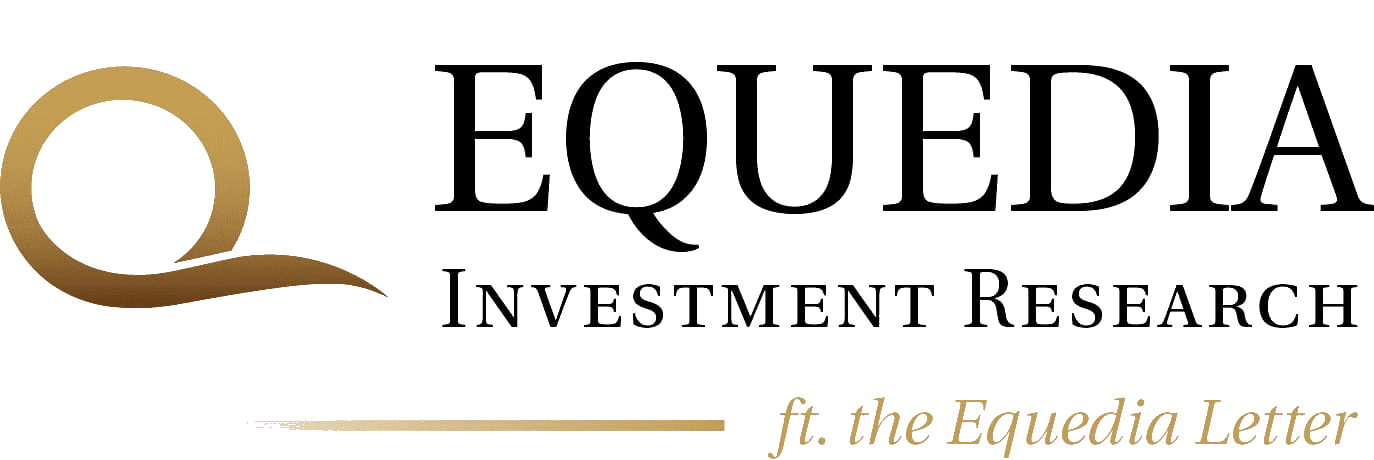
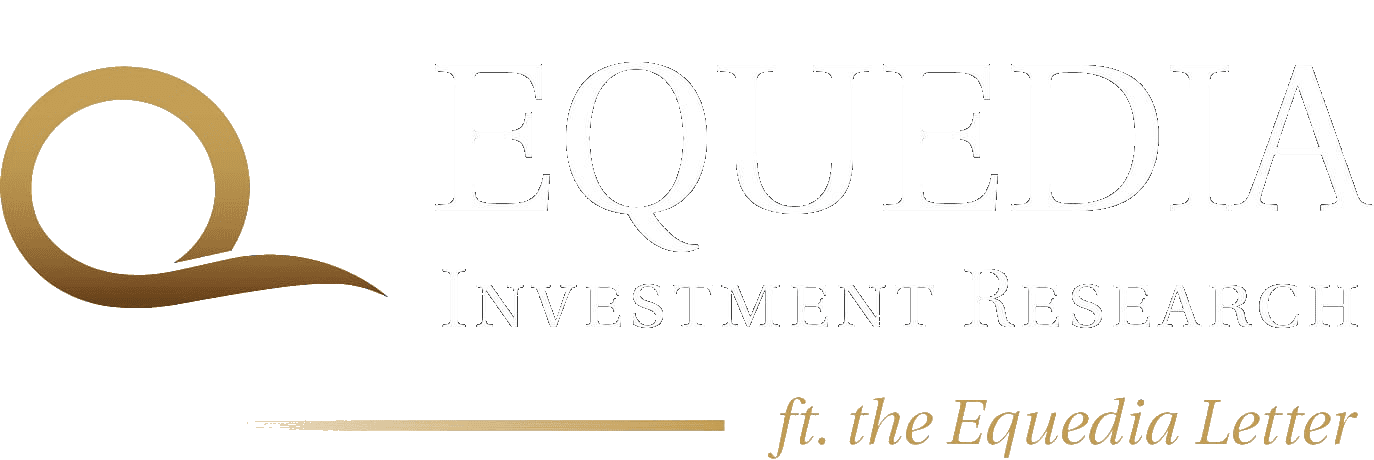



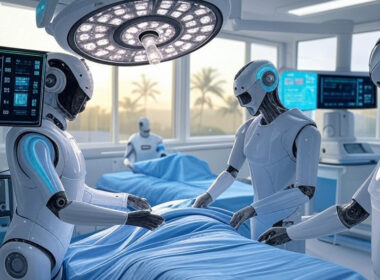






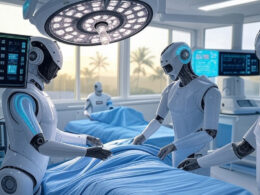
My exception to this optimism is the fact that the real health breakthrough is the hundreds of drugs and health tech released into daily life to actually maintain sickness rather than cure, shorten life span (to depopulate ie.Covid jab aftermath). Doctors don’t diagnose to heal as much anymore, they diagnose to prescribe. Anti-aging breakthroughs will be for the wealthy, not the public, and that, makes me very hesitant to support new tech when fundamental doctor care is showing signs of extinction.
Love the article and look forward to the advances being postulated and developed. Having endured years of gradual blindness due to glaucoma associated with Diabetes I would relish the opportunity to get my vision back in my eyes and new Beta cells to control the diabetes. Thanks